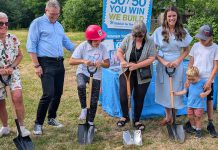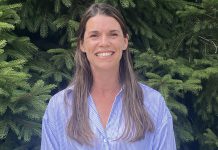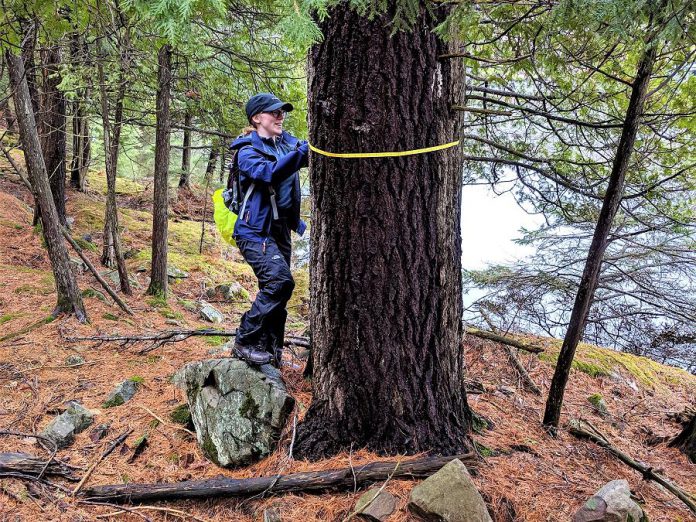
If you have an interest in science or just love trees, a group of researchers could use your help.
The Ancient Forest Exploration and Research (AFER) group, a non-profit charitable scientific organization founded in 1992, recently launched a new citizen science project to find, map, and document old-growth forests in Peterborough County.
You may be surprised to learn that there are thousands of hectares of old-growth forest — an undisturbed biologically diverse forest containing trees over 120 years old as well as standing dead trees — in the Peterborough area.
Existing examples of old-growth forests in or near the City of Peterborough include Mark S. Burnham Provincial Park, Jackson Park, Stewart’s Woods, and the Kawartha Land Trust’s Jeffrey-Cowan Forest Preserve.
However, research estimates there are an additional 26,000 hectares of potential old-growth forest stands in the northern part of Peterborough County alone — and most of these forests are unprotected.
Over this summer and into 2020, AFER is working to locate these old-growth forests and study them to better understand their composition and structure, and to determine how best to conserve these rare and vital ecosystems for society’s benefit.

But the Peterborough project team needs help from volunteer citizen scientists to help identify local old-growth forests.
The Peterborough project is led by Dr. Peter Quinby (AFER founder, board chair, and chief scientist) with a team consisting of forest ecologist and outreach coordinator Carling Dewar, project facilitator and forest ecologist Laura Collings, and old-growth forest science intern Hayley McGregor. The project is supported by funding from the Ontario Trillium Foundation.
“AFER believes in the power of citizen science as the foundation of a successful local forest conservation program and is calling on local forest enthusiasts to join in the search and protection of these exceptional landscapes,” Quinby says.
“Other than AFER’s old-growth forest survey work, there is no organized effort to locate or conserve old-growth forests at risk in Ontario.”
According to AFER, forests in Ontario — including old-growth forests — continue to decline due to logging, suburban development, agriculture, the spread of destructive invasive species, and declining public engagement.
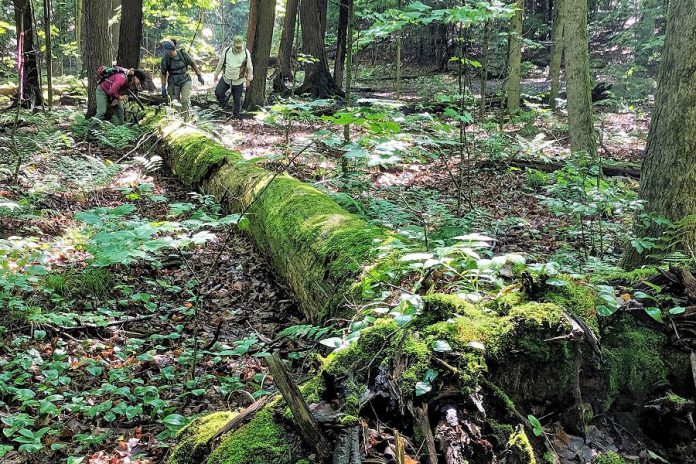
Last fall, AFER discovered a 408-year-old hemlock tree in Algonquin Park, located in an unprotected zone open to logging, along with three trees that are more than 300 years old and five that are more than 200 years old.
“Old-growth forests are extremely complex ecosystems that we are just beginning to understand,” says Dewar. “In Ontario, where most forests have been logged to some degree since the early 19th century, it can be really challenging to understand these ecosystems because there aren’t many left and often are undocumented.”
“However, we do know that old-growth forests provide important ecosystem services, like providing habitat for wildlife and sequestering carbon. And they probably do a lot more — but we have to protect and study them to find out.”
If you are interested in volunteering as a citizen scientist, visit AFER’s Peterborough Old-Growth Forest Project website at peterborougholdgrowth.ca or email info@ancientforest.org.
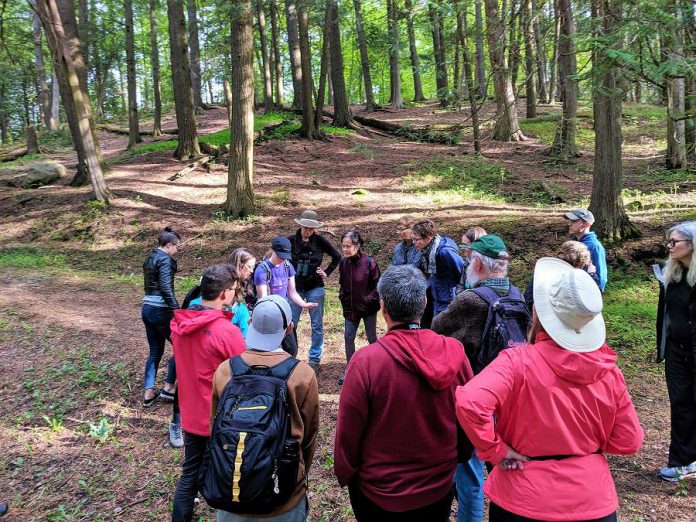
If you’d like to learn more about identifying old-growth forests, AFER is also hosting a series of free public events featuring tree identification workshops and special guests.
There is a bi-weekly discovery walk through Jackson Park in the heart of Peterborough, with the next walk taking place at 5:30 p.m. on Wednesday, July 24th (at the Parkhill and Monaghan Road entrance).
Kawartha Land Trust and AFER are also hosting a two-part “Ancient Forest Exploration” walk at Jeffrey-Cowan Forest Preserve (81 Fire Route 10, North Kawartha) on Friday, July 26th (part one) and on Sunday, August 11th (part two).
There’s also “The Path to an Ancient Forest”, a walk taking place at John Earle Chase Memorial Park (Anchor Bay Rd., Ennismore) on Saturday, August 17th.
AFER’s Dewar will be guiding all the walks.
For more information on these and other upcoming events, and to get involved in the Peterborough Old-Growth Forest Project, visit peterborougholdgrowth.ca.


